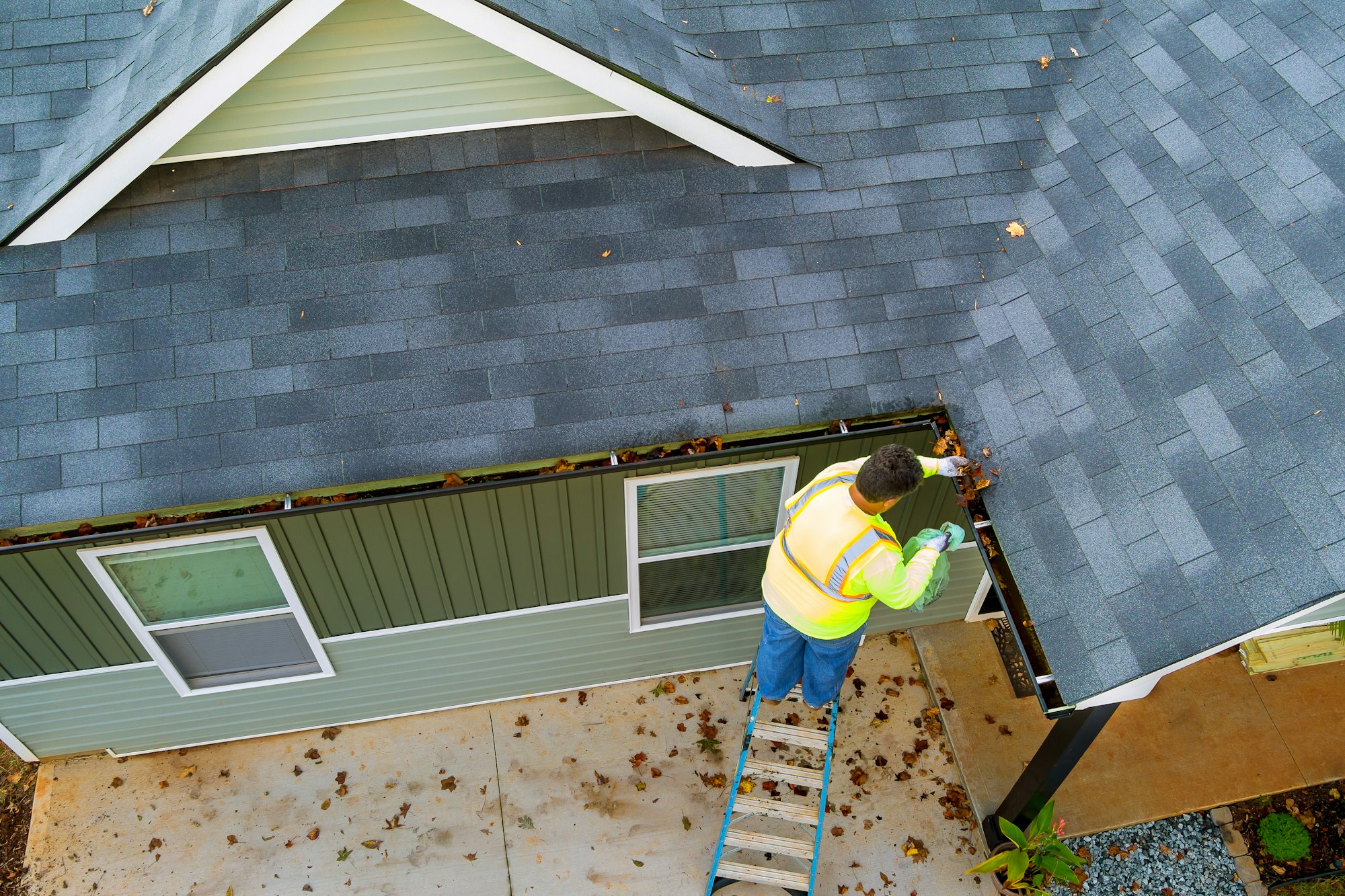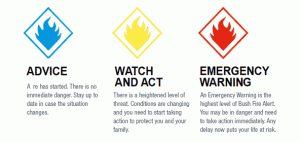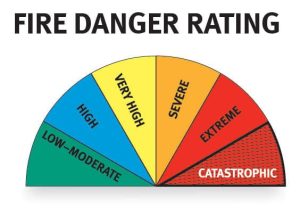BE BUSH FIRE READY WITH SOUTHERN CROSS HOUSING
Bush fires are a part of life in New South Wales, so you need to be bush fire ready. Southern Cross Housing are calling on our tenants to help us prepare together for the bush fire season, as warm and dry conditions create a heightened fire risk.
You and your family can work on having a bush fire prepared mindset, so you feel ready and will know what to do in the event of a bush fire in your area.
The NSW Rural Fire Service has been preparing for the upcoming fire season with hazard reduction burns, equipment maintenance, and training of personnel. Southern Cross Housing residents are urged to take the following steps to reduce their bush fire risk:
- Trim overhanging trees and shrubs.
- Mow grass and remove the cuttings.
- Have a cleared area around your home.
- Remove material that can burn around your home, such as door mats, wood piles and mulch.
- Clear and remove all the debris and leaves from the gutters surrounding your home.
- Prepare a sturdy hose or hoses that will reach all around your home.
As well as the above practical tasks, all SCH residents are urged to review and understand the Bush Fire Risk symbols, our Fire Danger Ratings System and make a plan for what they are going to do if there is a bush fire. You can make your plan online in as little as five minutes at www.myfireplan.com.au.
There are four simple steps to making a plan:

STEP 1 – DISCUSS
Discuss what to do if a bush fire threatens your home. Many households find that having a discussion over dinner works best as everybody is together and focused. You can download resources to help you do this at Bush fire survival plan – NSW Rural Fire Service
STEP 2 – PREPARE
Prepare your home and get it ready for bush fire season. There are simple things you can do around your home to prepare it for a bush fire, like keeping the grass low and having a cleared area around your home. You can download resources to help you do this at Bush fire survival plan – NSW Rural Fire Service
One of the most important parts of preparing is knowing where you will go if you are told that you need to evacuate from your home. Although evacuation centres will be set up (locations will be broadcast on your local ABC radio station), it is a good idea to (if you can) have a relative or friend that you can go and stay with. Staying with relatives or friends is a much nicer experience than staying in an overcrowded evacuation centre.
If you are elderly or have a disability, you may be able to access assistance to help you prepare your home through the RFS Assist Infirm, Disabled and Elderly Residents program. This program is a free, one-off service which supports some of our most at-risk community members. The program helps people live more safely and confidently in their home in areas where bush fires may start.

The AIDER program is designed for people who have limited domestic support available from family, relatives, friends or other services. This could include older people, people living with a disability, and people who are already receiving community assistance and services. The property must also be on bush fire prone land (land that can support a bush fire or be subject to bush fire attack).
AIDER services can include:
• Clearing gutters
• Thinning vegetation around the home
• Removing leaf and tree debris
• Trimming branches from close to the home
• Mowing or slashing long grass
If you would like to know more about the free, one-off AIDER service
– Call 02 8741 4955
– Email aider@rfs.nsw.gov.au
– Download the program’s fact sheet here
If you are not able to clean your gutters for medical reasons and cannot access support via the RFS Aider program SCH may be able to clean your gutters at a low cost price. Please call the SCH Maintenance Team on 1300 757 885 to enquire about eligibility.
STEP 3 - KNOW
If there is a fire in your area, you will find its alert level on the NSW RFS website or on the ‘Hazards Near Me’ app. You need to understand what the alert levels mean so you know what you should do. The alert levels are:
- Advice: A fire has started. There is no immediate danger. Stay up to date in case the situation changes.
- Watch and Act: There is a heightened level of threat. Conditions are changing and you need to start taking action now to protect you and your family.
- Emergency Warning: You may be in danger and need to take action immediately. Any delay now puts your life at risk.

You also need to understand the fire danger rating symbols, which indicate how dangerous a fire would be if one started. The fire danger ratings are:
- Low-Moderate: Fires can be easily controlled. There is little to no risk to life or property.
- High: Fires can be controlled. Loss of life is unlikely and damage to property will be limited.
- Very High: Fires can be difficult to control. Some loss of life and property damage are possible.
- Severe: Fires will be uncontrollable, unpredictable and fast moving. Significant loss of life and property damage are likely.
- Extreme: Fires will be uncontrollable, unpredictable and fast moving. There is a very high likelihood of significant loss of life and property damage.
- Catastrophic: Fires will be uncontrollable, unpredictable and fast moving. The safest place to be is away from bush fire prone areas.

STEP 4 – KEEP
Make a list of bushfire information numbers, websites and install the Hazards Near Me or Fires Near Me Apps onto your phone. These Apps will show you current incidents and warnings in your area, as well as provide advice on what to do In a bush fire, it’s important that you stay up to date on conditions in your area.
You can also get information from other sources, such as:
- Local ABC Radio Station: Listen to your local ABC radio station for regular updates and emergency broadcasts.
- ABC Television: Watch ABC television for news and alerts on bush fires.
- NSW RFS Website: Visit rfs.nsw.gov.au for current incidents, warnings, fire danger ratings, total fire bans and more.
- NSW RFS Social Media: Follow NSW RFS on Facebook, Twitter or Instagram for updates and information on bush fires.
- NSW RFS Bush Fire Information Line: Call 1800 679 737 for general information on bush fires.
In an emergency, call Triple Zero (000) for Fire, Police or Ambulance.
Being bush fire ready is not only about preparing your home and property, but also about preparing yourself and your family. By knowing the alert levels, the fire danger ratings and where to get information, you can make informed decisions and take appropriate actions in case of a bush fire. This will help you protect yourself, your loved ones and your belongings from the devastating effects of bush fires.
Remember, your safety and your family’s safety come first. Never risk your life for your property.
Be bush fire ready with Southern Cross Housing. Together, we can make our communities safer and stronger.
